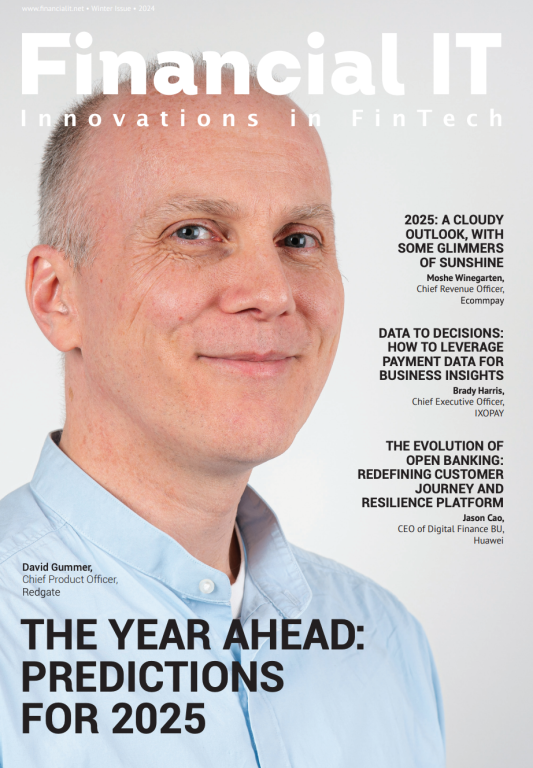Year End Views by Ketan Patel, CEO, Mswipe Technologies

- Ketan Patel, CEO at Mswipe Technologies
- 16.12.2022 03:30 pm #payments
Today, 40% of payments by value are digital, contributing to a US$3 trillion digital payment market on account of rapid expansion in digital infrastructure, UPI-led migration to digital, pandemic-led acceleration of shift in customer preferences, growing merchant acceptance network and disruptive innovations by fintechs.
The UPI system has supercharged India's transition to non-cash payments, especially in person-to-person (P2P) fund transfers and low-value merchant (P2M) payments. Not surprisingly, UPI saw about 9x transaction volume increase in past 3 years, increasing from 5 billion transactions in FY19 to about 46 billion transactions in FY22; accounting for more than 60% of non-cash transaction volumes in FY22.
Despite this explosive growth, certain segments of the market remain underpenetrated with considerable room for growth. The next wave of growth is likely to come from Tier 3-6 locations, as evidenced in the past two years wherein Tier 3-6 cities have contributed to nearly 60-70% of new mobile payment customers. MSMEs have played a critical role in bringing digital payments to the bottom of the pyramid through their user-friendly transaction interfaces and innovative offerings; furthermore, supported by an open API ecosystem and. QR payments are accepted by more than 30 million merchants, a 12x increase from just 2.5 million merchants accepting QR payments five years ago.
2022 has been a defining year for the fintech and digital payments industry. Furthermore, with the advent of UPI on credit, democratising lending will get easier, and MSMEs can serve as integral mediums for them. Despite the fears around a 'funding winter', there is capital for fintech expansion because so much of the market is still untapped – so companies with a solid value proposition will always get money. With ONDC gaining momentum, digitization of small merchants will increase as well, democratize digital commerce with standardized operations and logistical efficiencies. The Buy Now, Pay Later trend is expected to grow at 35-40% over the next 5 years led by rapid growth in consumerism and online spending


























